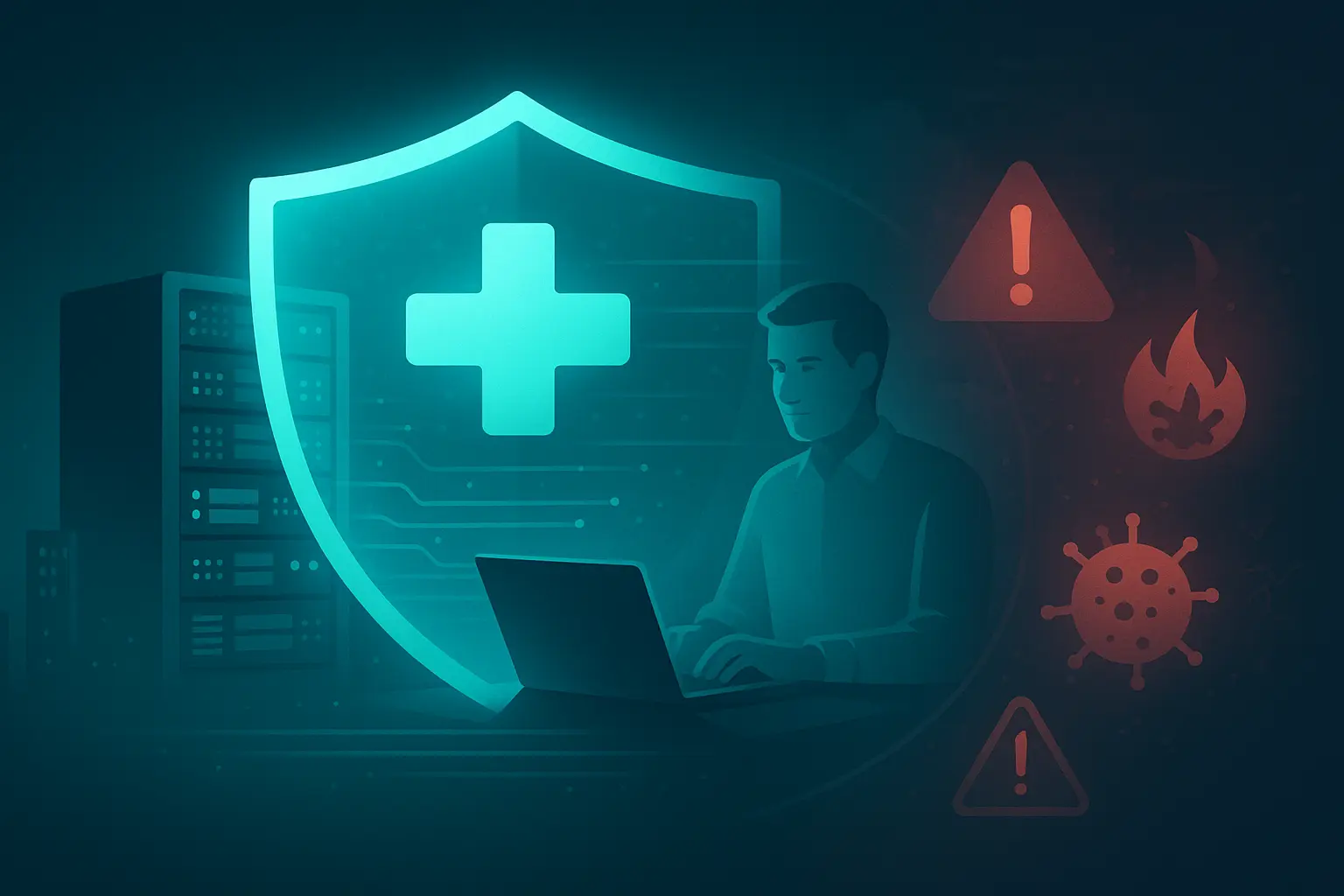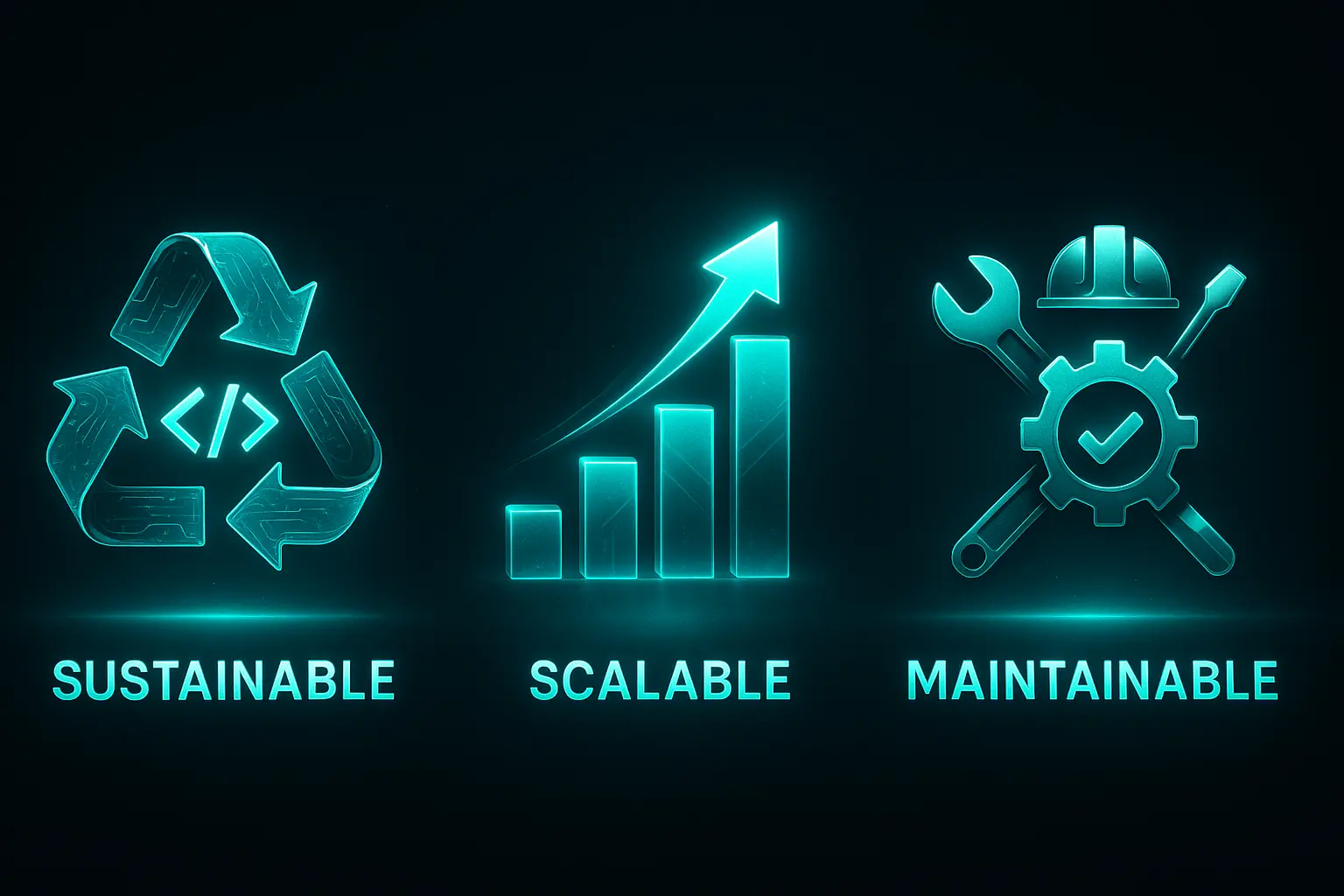The Pitfall of Deliverable-Based Thinking for Operations
Software projects and vendor contracts often focus on deliverables: features, launches, releases. But when it comes to operational roles like DevOps, SysOps, or reliable maintenance and monitoring, this approach falls short. Clients naturally expect "completion" and clear milestones, but robust operations can never be truly finished, they are ongoing, preventive, and mission critical.
This leads to both confusion and undervaluation. Clients may wonder, "Why am I still paying for Ops after launch?" The reality: once you move beyond stabilization, an Ops team's work shifts underground, preventing outages, patching security holes, and quietly warding off disaster day after day.
Operational Success is Not a Deliverable
Unlike shipping a new feature or building a dashboard, the value of Ops is in the emergencies you avoid, the downtime that never happens, the support team that isn't overwhelmed, the vulnerabilities patched before they're exploited. Measuring these as "deliverables" is a recipe for misunderstanding and surprise budget cuts, right up until something breaks.
The same pitfall applies to other essential supporting roles: project and product management, compliance support, system architects. Their true impact is best measured in predictability, stability, and the ability to respond, none of which fit neatly into a to-do list or completion milestone.

Reframing Operations: Ops as a Service
Instead of treating Ops as a one-off cost or line item buried in a project fee, the better model is "operations as a service", a transparent, steady monthly investment that grows and shrinks with your development activity and business needs.
- Increased development means more support, monitoring, and prevention, requiring higher ongoing Ops investment.
- In quieter periods, with stable code and minimal change, budgets can contract to cover only essential monitoring, patching, and on-call readiness.
- The most effective Ops budget is one that realistically reflects the technical and security risks at every growth stage, not one that is arbitrary or based solely on feature delivery.
An operations budget isn't "extra", it's the foundation for reliability, security, and rapid response when issues crop up. Cutting it may seem sensible, until a minor incident exposes costly gaps.
Why Transparent, Ongoing Ops Budgets Work
For all Topvine-led projects, we set and communicate these operational costs from day one: what they're for, how they scale, and how they continue long after the big-bang deliverable is shipped. This creates predictability for us, and more importantly, for you.
- Clients deserve to know exactly what's included: not just "maintenance," but active monitoring, security patches, proactive troubleshooting, and instant access to expertise in a crisis.
- Reviewing and adjusting these ongoing costs as the project evolves is key, especially during high-activity development or in anticipation of scaling/seasonal loads.
- Transparent separation of ops and development spend prevents confusion and builds trust, orients everyone to shared long-term success rather than short-term box-ticking.
Want to know how to budget for operate-and-grow success, not just launch and forget? Get in touch, we'll help you chart a path that ensures your software, users, and business are always supported, even after the initial deliverables are complete.
Why Hiding Ops in the Development Budget Backfires
Blending ops and development budgets blurs responsibility, hides real costs, and sets up disappointment, both for the client and the provider. The moment things go wrong, finger-pointing and confusion follow: "Was this covered? Who's on-call? Are we still supported?" A clear, standalone operations contract eliminates these headaches and creates cleaner project reviews and handovers.
Inherited Projects: Helping Clients Understand Ops
When inheriting existing or legacy software, the biggest challenge is often convincing clients that a functioning app means they're now essentially running a small "software company", one with real, continuous operational needs. The lesson is usually learned the hard way, after a costly incident demonstrates the need for ongoing investment. We believe frank communication up front prevents frustration and aligns everyone for the real demands of custom software.

Key Takeaways
- Operations is not a milestone or one-off deliverable, but a continuous service.
- A healthy operations budget is visible, separate, and flexes with your development cycle and actual risk.
- Transparent communication about ongoing Ops costs is crucial for reliable, long-term project health.
- Don't treat Ops as an "add-on", it is the insurance, plumbing, and emergency service for all serious software.
- The right partnership builds these costs in, plans ahead, and communicates openly, saving you time, money, and headaches down the line.
